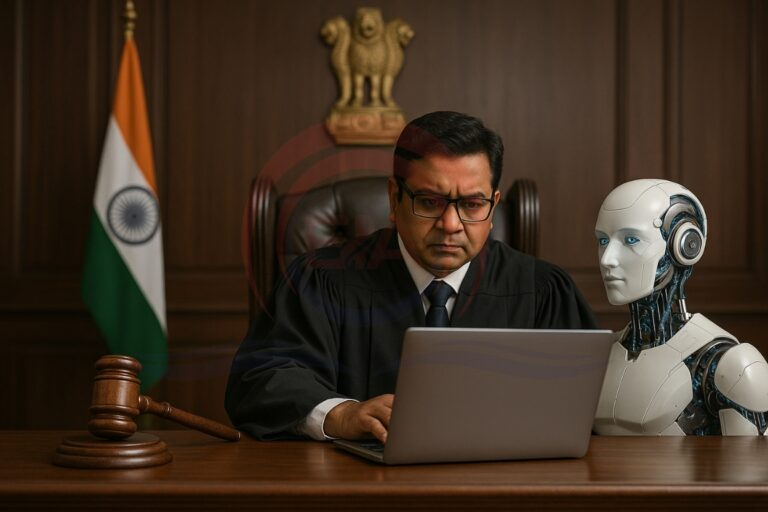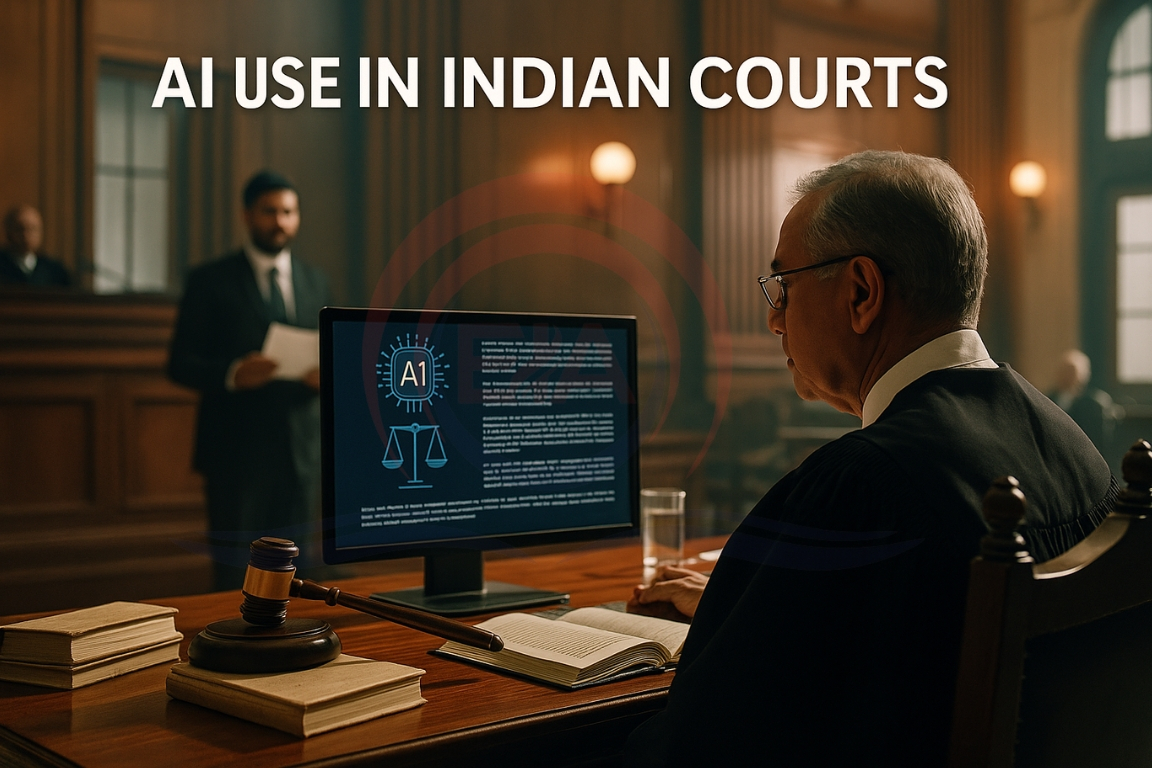In July 2025, the Kerala High Court released India’s first policy on AI use in the district judiciary, laying down safeguards. This comes at a time when courts across India are experimenting with AI tools for transcription, translation, and research, raising questions of ethics, accuracy, and accountability.
Benefits of AI Use in Judiciary
- Improved efficiency – AI tools can help in translation of documents, transcription of hearings, and identification of defects in filings.
- Time-saving – Important in a system burdened with nearly 5 crore pending cases.
- Pilot projects – Some courts already use AI-based transcription and documentation tools on a trial basis.
Concerns and Risks
- Translation and transcription errors: Example: “Leave granted” wrongly translated as “holiday approved.” AI often “hallucinates,” adding words or phrases not spoken.
- Bias in legal research: Search engine bias may hide relevant precedents. Some legal LLMs have generated fake case laws.
- Over-reliance on AI: Judicial reasoning may get reduced to rule-based outputs, ignoring human judgment and context.
- Data and infrastructure issues: Lack of clarity on how sensitive data is stored, accessed, or shared. Courts still function largely on paper; digitisation gaps remain.
- Vendor dependence: Courts may become dependent on private AI firms without strong evaluation frameworks.

Suggested Guardrails for Safe AI Adoption
AI Literacy and Training
- Judges, lawyers, and court staff must be trained not only to use AI tools but also to understand their limitations.
- Judicial academies and bar associations should collaborate with AI experts for training.
Transparency and Consent
- Litigants must be informed if AI is being used in their case.
- Option to opt out of AI-driven processes should be considered.
Procurement Guidelines
- Standardised frameworks to evaluate AI systems before adoption.
- Criteria should include reliability, data safety, explainability, and risk mitigation.
Institutional Support
- The eCourts Project (Phase III) already suggests setting up technology offices.
- Dedicated experts can guide courts in evaluating and monitoring AI use.
Conclusion:
AI can be a powerful tool to make justice delivery faster and more efficient. However, without ethical safeguards, transparency, and strong oversight, it risks undermining fairness and human judgment. Courts must remember that technology is only a means — the ultimate purpose is justice, which cannot be compromised.





